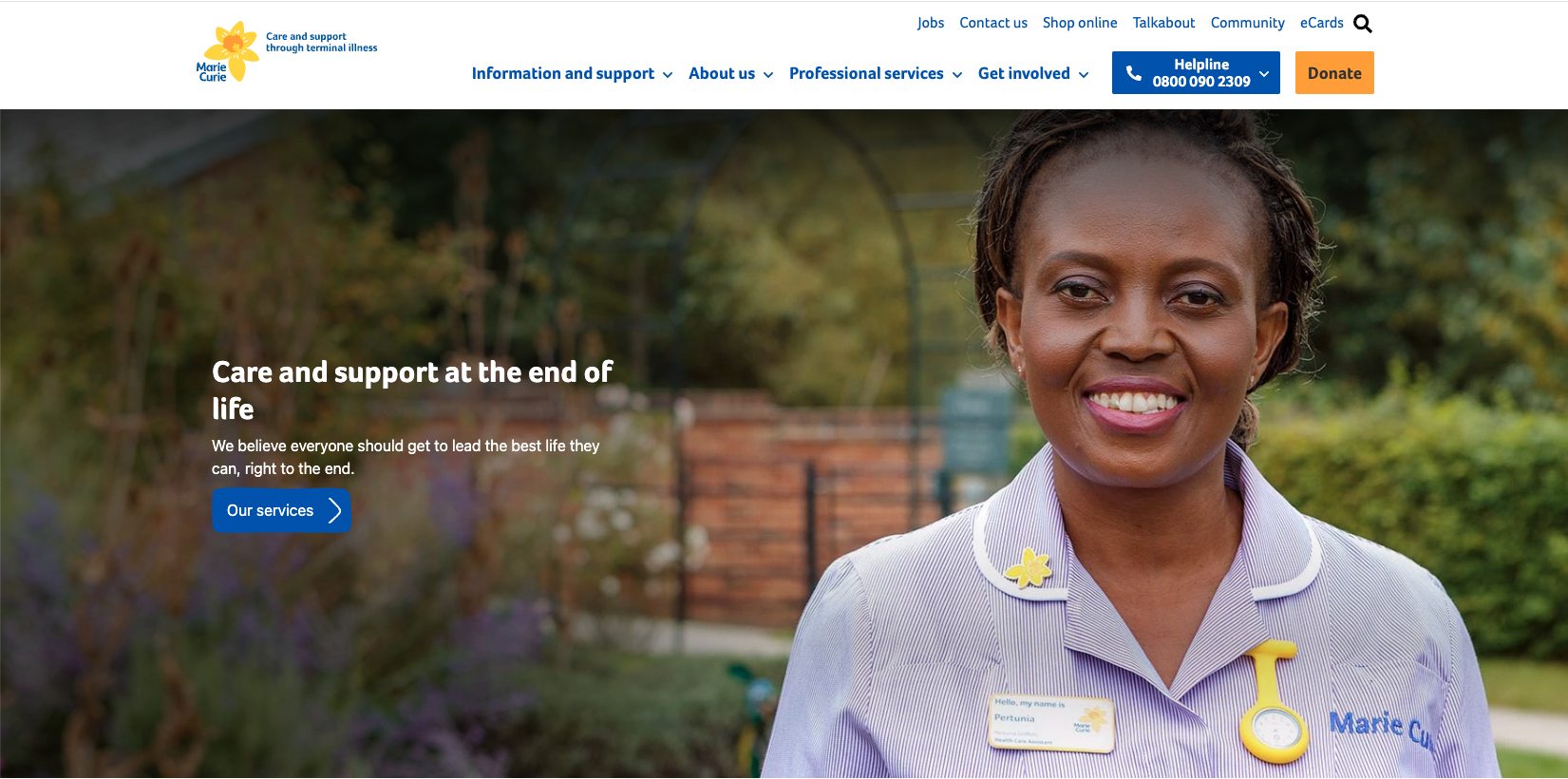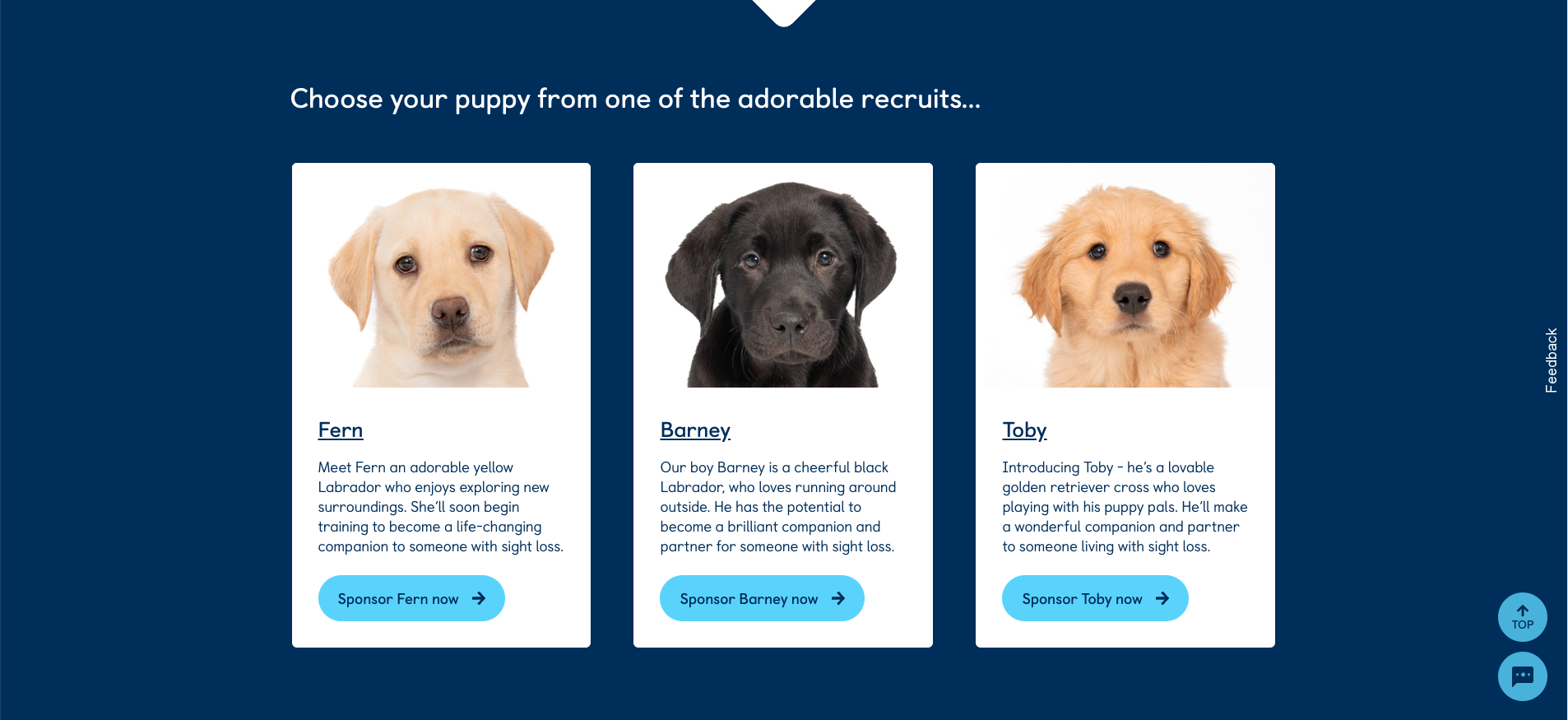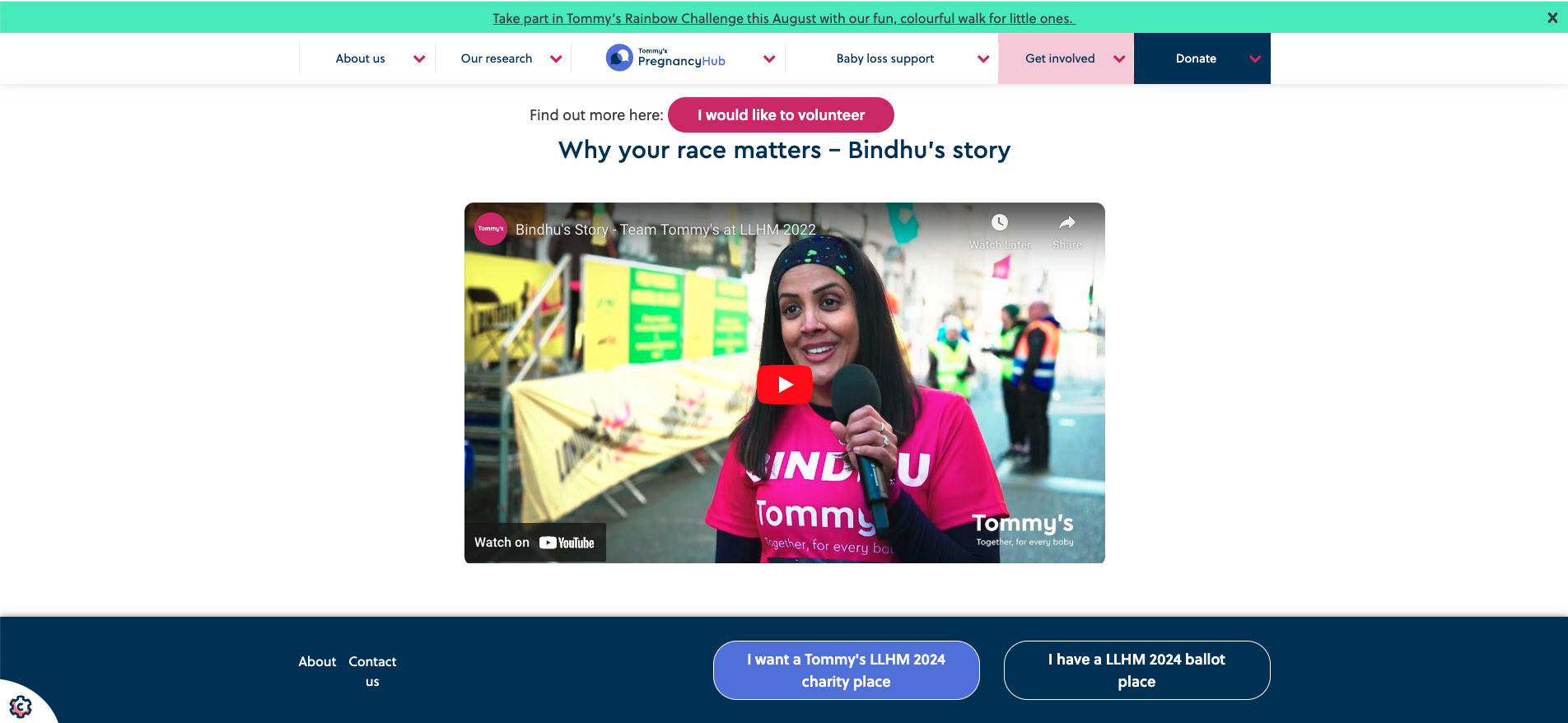Facing the challenge of a cost of living crisis, it's never been more important for charities to improve visibility on their website to engage their community and attract potential donors.
Getting your voice heard – Is your charity website positioned to aid visibility?
The digital age has opened up great opportunities for charities to become more accessible and exponentially expand their reach as advocates of the communities they serve.
As such, the charity website plays such a crucial part in raising awareness of its cause and encouraging donations from those who wish to support them.
And this digital drive is evident, with a study by Charity Digital Skills in 2022, citing that 68% of the charities surveyed stated that improving its digital image via their website, online presence and social media was their biggest priority.
But nowadays, positioning your charity to aid visibility goes far beyond just writing a blog post.
With this in mind, we’re looking at how the charity website can help drive traffic and increase visibility for your charity’s voice.
Be instantly clear with your mission
As soon as a visitor arrives on your website, it should be immediately clear to them what your charity’s mission is.
Many large UK charities such as Macmillan, RSPCA and Marie Curie include a tagline or message to briefly summarise what they do.
Whether this accompanies the company logo, or sits as a hero element accompanying an image, or video – the aim is to address who you are, why the organisation exists and how the visitor can support you.

Marie Curie uses taglines to both accompany their logo and also in the hero image to educate the users effectively about their mission.
Using media such as photo and video will allow you to help users visualise who your charity is benefitting.
These visualisations will help to evoke an emotional response and as the adage ‘a picture can paint a thousand words’ suggests, can tell a story far richer than text content alone.
These visuals can appear throughout the website experience, we’ve shown a few examples below:
Guide Dogs for the Blind
Encouraging donations via a dose of serotonin in the form of their Guide Dog puppies.
Guide Dogs regularly follow the journey of some of their new recruits (aka adorable pups) as they train to become fully fledged guide dogs, transforming the life of a partially sighted, or blind individual.
Donations include the aptly named ‘pupdates’ with further images and video of the pups in action and access to exclusive groups on social media.
After following the pups journey, through to their placement with their new owners, Guide Dogs show their inspiring journey as they thrive in their new role.

Guide Dogs, Sponsor a Puppy, encourages donations through sponsorship of its adorable new recruits!
Great Ormond Street Hospital
GOSH’s hero section includes a video of a smiling child appearing from under the covers of a hospital bed alongside an equally poignant tagline.
This small video snippet, albeit short, offers a greater emotional impact and is a powerful motivator for users to take action.
Video is such a powerful element to aid in the visibility of your cause, with research by Invisia finding that viewers retain 95% of a message when they watch it in a video, compared to 10% when reading it in the text.

Cause and effect: Provide real world examples of your mission
Charity donations have seen a substantial decrease since 2020.
With one in eight donors considering cutting back on, or reducing donations to charities as a result of the cost of living crisis, donors are being more selective about who they donate to.
Promoting authenticity and providing real world-examples of your charity’s mission is a great way to get your voice heard and offer peace of mind to those looking to support you.
Case studies, stories or blogs, offer compelling content that show potential donors the real people who benefit from your charity’s support.
And not only are potential donors more likely to trust the positive things people say about your charity, as opposed to the positive things about yourself, but also because as humans we reserve our most emotional responses for each other.
Marie Curie features a number of guest blogs by families impacted by terminal illness, offering candid, genuine imagery and accounts written directly from the heart.

Marie Curie’s use of guest blogs show how real people have benefited from donations.
Equally looking at more targeted campaigns that step away from the norm, whilst retaining the authenticity of the more traditional content, can be an immensely powerful tool to promote your voice.
Suicide&Co perhaps offer one of the most beautifully poignant, yet tragic examples of this with the Words Unspoken section of their website that shows real and raw letters written by bereaved people to loved ones who took their own lives.
There are no images, no fancy gimmicks – just words.
Communication is king.
It’s so important for a charity website to provide potential donors with a facility to keep in touch.
Whilst they may not be in a position to donate right now, continuing to nurture that relationship by sharing information about what the charity is doing, keeps you very much on the radar.
By utilising newsletter sign-ups, the charity’s social profiles or even direct mail, ensure your key message is getting out there.
Similarly, for those who have donated, providing future updates on how their donation was used could encourage repeat donations.
The British Heart Foundation offers a quick and easy way to sign up for email updates on their website, which includes latest heart research news, campaigns and healthy living tips.
Have a clear understanding of your audiences and their needs.
Beyond just the call for donations, there are a plethora of different audiences who may be engaging with your charity’s website.
Whether volunteers, donors, fundraisers or press, your website must identify these different types of users and offer a clearly defined user journey for each.
The Tommy’s website for example, provides clear CTA’s in the website navigation to ‘Get involved and Donate’.
Their ‘Get involved’ pages in particular, provide resources on opportunities to support the charity with upcoming events and these events pages are supported by video, such as Bindhu’s Story on the London Landmarks Half Marathon page.
A great example as to how your charity’s voice can be heard organically throughout the website, not just on those core cornerstone pages.

Our takeaways
Your charity website is the digital window into your organisation and should be a catalyst in your digital transformation.
It’s so much more than just a donation portal; it’s a reflection of your mission, your values, a resource to those you support and a podium to share your voice and advocate for the communities you serve.
If done right, your charity could benefit from more donations and an increase in community engagement whether through through volunteering, fundraising and/or event participation.
It’s therefore so important that your website is positioned correctly to improve visibility and to give your organisation the most effective platform to communicate to your audience.
